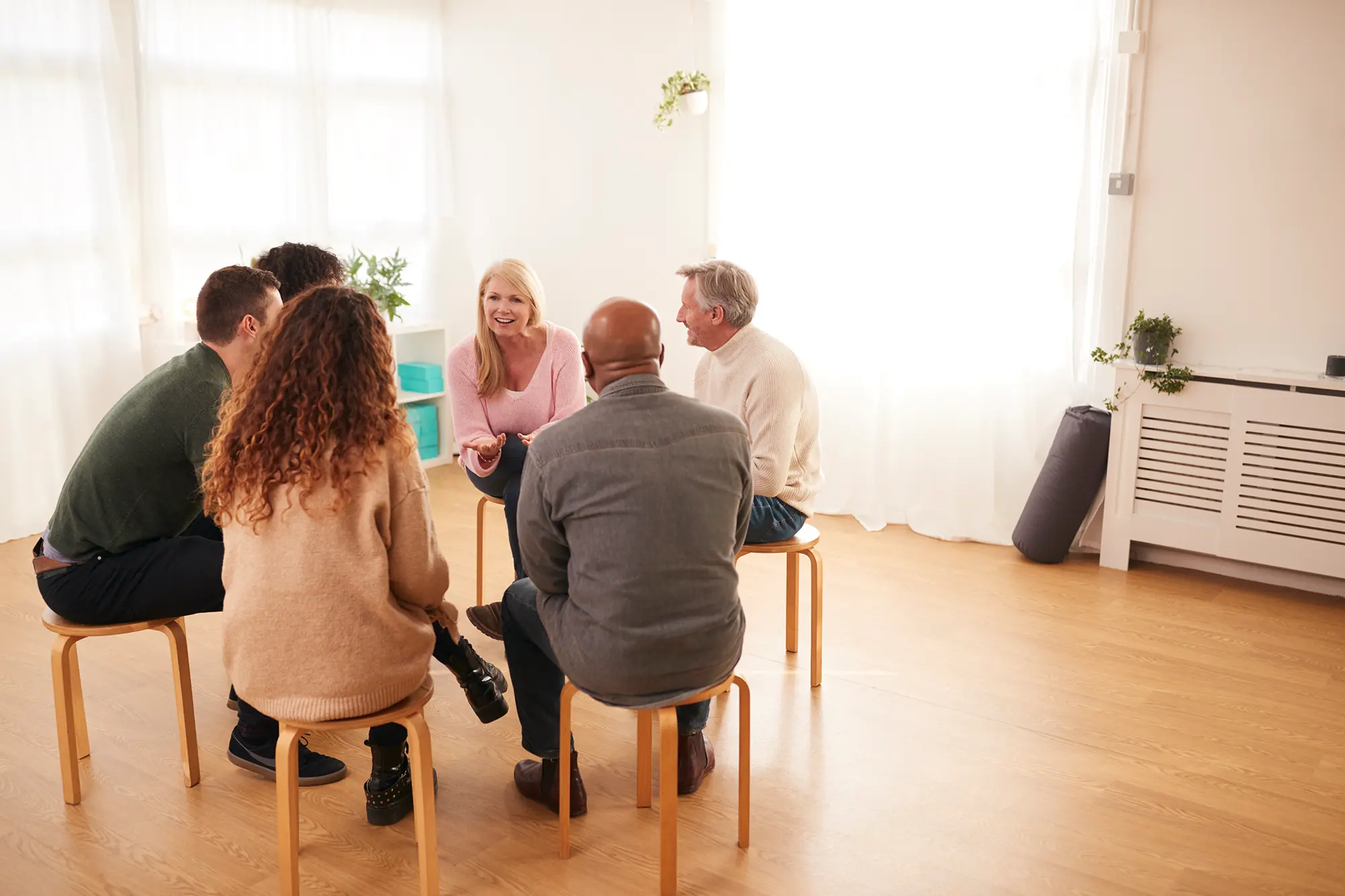The Problem with Disconnection and Isolation
March 20, 2023
Healthy people are growing people, and people do not grow healthy in isolation. We need each other for many reasons, including companionship, encouragement, support, feedback, and guidance. Because of this, the character of people we surround ourselves with, and strive to form deep connections with, matters tremendously. We can’t always select the people who fill our lives, but in most cases we can choose those we get close to. Moreover, we can choose to form relationships with people who share the desire to develop a stronger bond with others.
Think for a moment about the people whose company you value and cherish; recall those who make a difference in your life for the positive. They are interested and invested in you. They share their lives with you and encourage you to do the same. They pick you up when you fall. They strive to bring out the best in you. They accept you for who you are and challenge you to pursue your goals with energy and determination.
Such relationships are essential for healthy emotional, social, and spiritual development. Unfortunately, developing and maintaining these needed interconnections is becoming an increasing struggle as our culture shifts. Loneliness has been a mounting concern for decades, with some level of isolation now afflicting millions of people in North America. In his groundbreaking book Bowling Alone (2000), Robert Putnam documented the growing alienation experienced by Americans as previously vibrant aspects of society that fostered togetherness, such as bowling leagues, faded away. The close-knit fabric of communities began to fray, and people retreated indoors, often not even knowing the names of those who lived around them.
More recent research shows that loneliness was worsening prior to the COVID-19 pandemic. In 2018, a joint Kaiser Family Foundation and Economist survey found that one in five Americans “often” or “always” felt lonely or socially isolated.[1]
According to a study published in February 2021 by Harvard University’s Making Caring Common project, loneliness is defined as “the negative feelings that emerge from a perceived gap between one’s desired and actual relationships.” The study found that 36 percent of respondents felt lonely “frequently” or “almost all the time or all the time.”[2] In this report, researchers point out the broad reach of isolation:
Loneliness also doesn’t seem to spare any major demographic group. Among our survey
respondents, there were no significant differences in rates of loneliness based on race or ethnicity, gender, level of education, income, religion, or urbanicity. Large numbers of survey respondents in both political parties suffer loneliness, although Democratic respondents were more likely to report loneliness (40%) than Republicans (29%).[3]
A similar study Cigna conducted in 2019—before the COVID-19 pandemic—supports these conclusions, but startlingly identifies significant generational differences in loneliness. The findings revealed that younger generations are dramatically more lonely than older people. Nearly eight in ten Gen Z members (79 percent) and seven in ten Millennials (71 percent) are lonely, compared to only 50 percent of Baby Boomers.[4]
Even before pandemic-related social disruptions came along, researchers widely viewed loneliness as an epidemic with serious health implications. Although measuring feelings can be subjective, taking stock of the effects of those emotions is not. Much research supports the conclusion that loneliness contributes to health risks, including depression and anxiety, substance-abuse disorders, suicidal thoughts, aggressive behavior, obesity, cardiovascular problems, sleep challenges, and more.
My purpose in presenting these troubling statistics is to firmly lay this foundation: Isolation and
loneliness are serious problems with real and often devastating consequences, as in the case of increased suicide risk. The ramifications deeply affect everyone in our society in one way or another and should not be taken lightly. But here’s the good news: This is a problem with an attainable solution, an ailment with an achievable cure. Let’s explore an example drawn from composites of real-life stories, and then we’ll dig into what we can do to regain the full, healthy, and powerfully united life God intends for us!
[1] “KFF/Economist Survey: One in Five Americans Report Always or Often Feeling Lonely or Socially Isolated, Frequently with Physical, Mental, and Financial Consequences,” Kaiser Family Foundation/KFF Newsroom. Last updated August 31, 2018. https://www.kff.org/other/press-release/survey-one-in-five-americans-report-loneliness-social-isolation (March 3, 2022).
[2] Richard Weissbourd, et al., “Loneliness in America: How the Pandemic Has Deepened an Epidemic of Loneliness and What We Can Do about It,” Harvard Graduate School of Education, Making Caring Common Project. https://static1.squarespace.com/static/5b7c56e255b02c683659fe43/t/6021776bdd04957c4557c212/1612805995893/ Loneliness+in+America+2021_02_08_FINAL.pdf (March 8, 2022).
[3] “Loneliness in America,” Harvard Graduate School of Education.
[4] “Loneliness and the Workplace,” Cigna.com. https://www.cigna.com/static/www-cigna-com/docs/about-us/newsroom/studies-and-reports/combatting-loneliness/cigna-2020-loneliness-factsheet.pdf (March 3, 2022).
OTHER POPULAR ARTICLES

Alternative Approaches to Treatment-Resistant Depression: Holistic Strategies When Traditional Methods Fall Short
When standard treatments for depression fail to provide relief, the journey toward healing can feel overwhelming and discouraging. Treatment-resistant depression (TRD) affects approximately 30%...

Cognitive Behavioral Therapy vs. Medication: A Holistic Perspective on Anxiety Treatment
When facing anxiety, choosing the right treatment approach is one of your most important decisions. The debate between Cognitive Behavioral Therapy (CBT) and medication...

Dialectical Behavior Therapy Techniques for Depression: Finding Balance and Healing
Depression can feel like being trapped in a dark room with no doors or windows, a place where hope seems distant and joy feels...